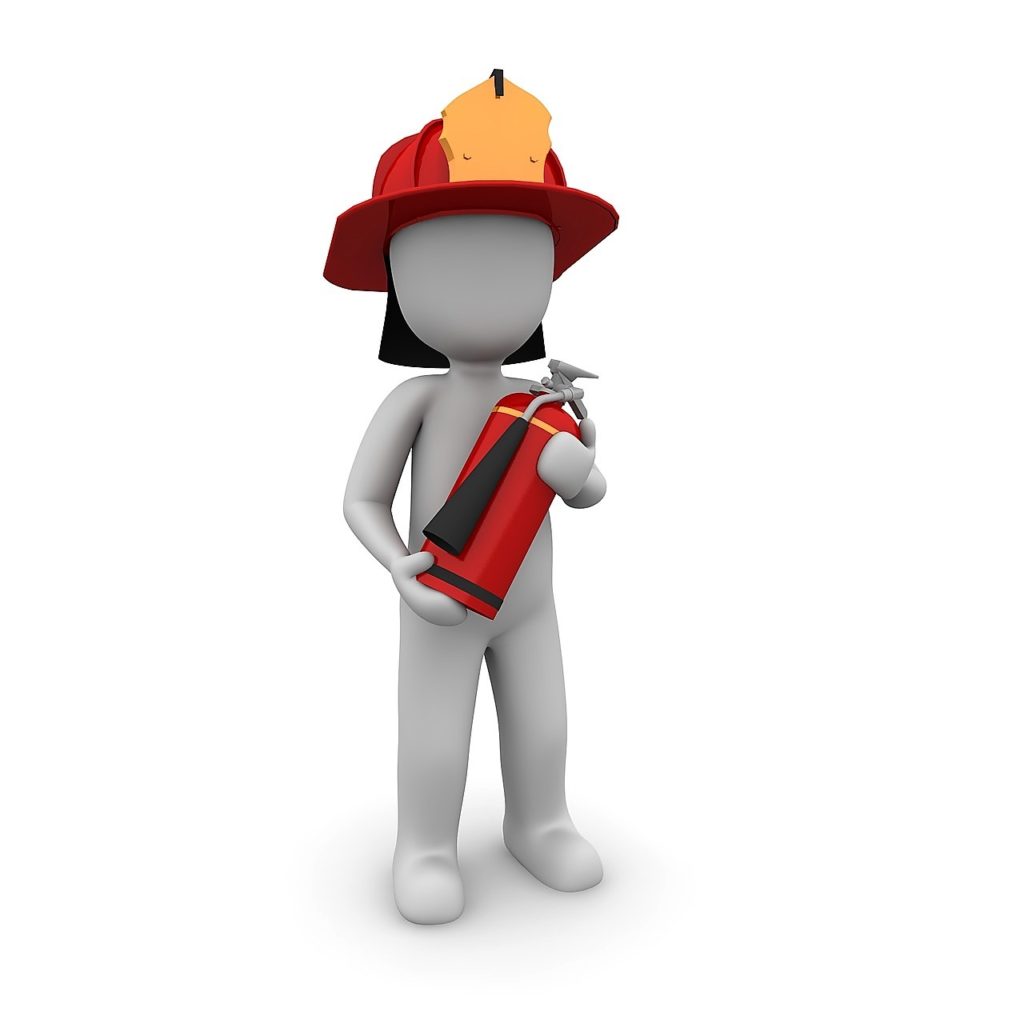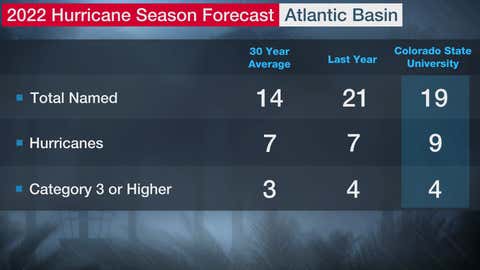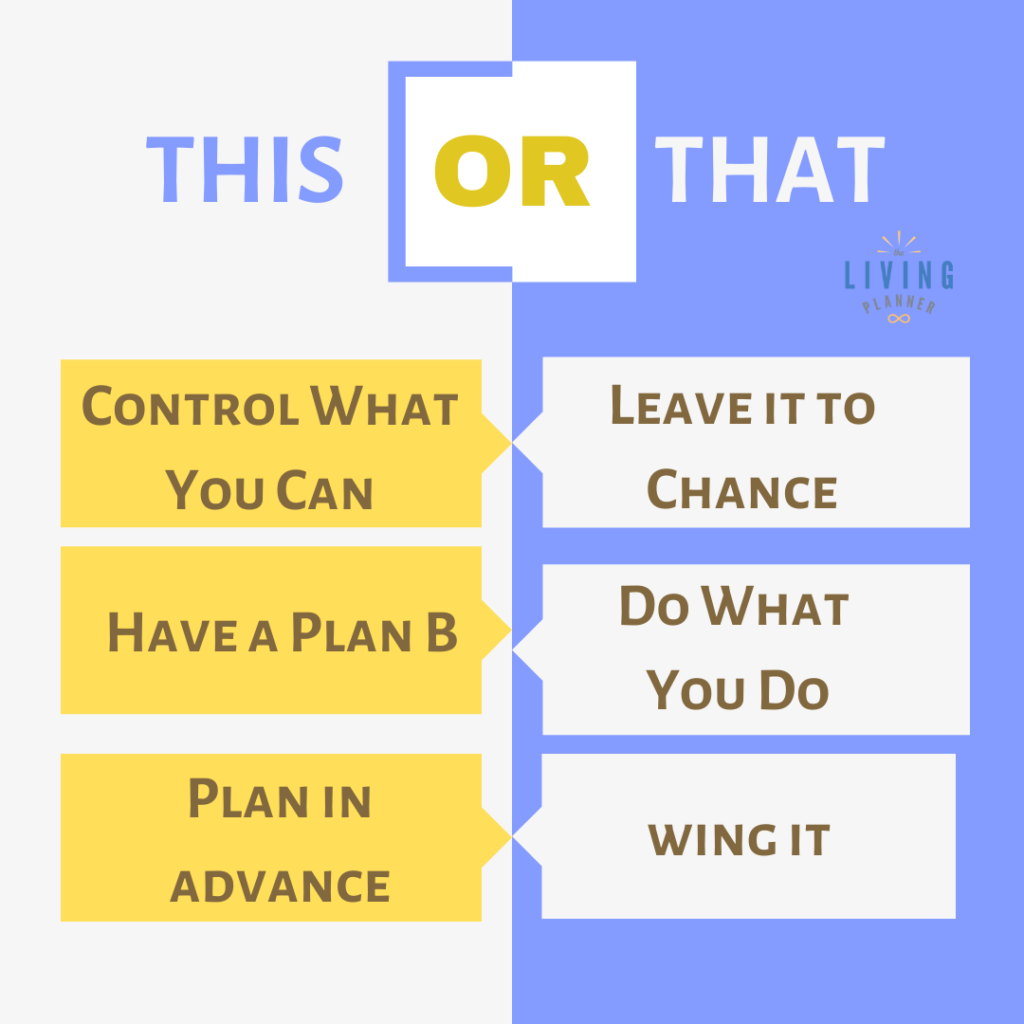Summer preparation for wildfires and hurricanes is high on the list for 2022. It’s time to get prepared from coast to coast.
Where are my Contingency Planners?! If you are or know of a person who likes to:
▶Control What You Can
▶ Have a Plan B
▶ Plan In Advance
Join my 12 Week Business and Personal Contingency Planning Series starting June 8th! Sign up here: https://bit.ly/ContingencyBeta

This week Realtor.com issued a Press Release announcing a new free tool for homeowners, prospective homeowners and renters to check property-specific risks due to wildfires and/or floods. Check your property here: wildfire risk information. For specific risk information for your property check your risk factor here: https://riskfactor.com/
An estimated one in five single family homes in the U.S., representing $8.8 trillion in property value, are at risk of being damaged by a wildfire over the next 30 years.
Current National Statistics from the National Interagency Fire Center https://www.nifc.gov/fire-information/statistics provide grim statistics.
| 2022 (1/1/22-5/19/22) | Fires: 26,003 | Acres: 1,458,808 |
| 2021 (1/1/21-5/19/21) | Fires: 22,189 | Acres: 575,199 |
| 2020 (1/1/20-5/19/20) | Fires: 16,529 | Acres: 347,704 |
The Weather Channel forecast indicates another busy Atlantic hurricane season. At a glance here’s what the forecast models indicate for 2022.
- The forecast: 19 tropical storms, 9 hurricanes, and 4 major hurricanes.
- La Niña or neutral ENSO conditions should not keep a lid on activity this year.
- This season could be similar to last year’s hurricane season.

Before a wildfire threatens your area
Tips from https://www.nfpa.org/Public-Education/Fire-causes-and-risks/Wildfire/Wildfire-safety-tips
In and around your home
- Clear leaves and other debris from gutters, eaves, porches and decks. This prevents embers from igniting your home.
- Remove dead vegetation and other items from under your deck or porch, and within 10 feet of the house. Learn more about the basics of defensible space on the Firewise website.
- Screen or box-in areas below patios and decks with wire mesh to prevent debris and combustible materials from accumulating.
- Remove flammable materials (firewood stacks, propane tanks) within 30 feet of your home’s foundation and outbuildings, including garages and sheds. If it can catch fire, don’t let it touch your house, deck or porch.
- Wildfire can spread to tree tops. Prune trees so the lowest branches are 6 to 10 feet from the ground.
- Keep your lawn hydrated and maintained. If it is brown, cut it down to reduce fire intensity. Dry grass and shrubs are fuel for wildfire.
- Don’t let debris and lawn cuttings linger. Dispose of these items quickly to reduce fuel for fire.
- Inspect shingles or roof tiles. Replace or repair those that are loose or missing to prevent ember penetration.
- Cover exterior attic vents with metal wire mesh no larger than 1/8 inch to prevent sparks from entering the home.
- Enclose under-eave and soffit vents or screens with metal mesh to prevent ember entry.
- Learn more about how to protect your home and property at www.firewise.org.
Creating an emergency plan
- Assemble an emergency supply kit and place it in a safe spot. Remember to include important documents, medications and personal identification.
- Develop an emergency evacuation plan and practice it with everyone in your home.
- Plan two ways out of your neighborhood and designate a meeting place.
- Learn more about emergency preparedness planning on NFPA’s emergency planning webpage.
In your community:
- Contact your local planning/zoning office to find out if your home is in a high wildfire risk area, and if there are specific local or county ordinances you should be following.
- If you are part of a homeowner association, work with them to identify regulations that incorporate proven preparedness landscaping, home design and building material use.
- Talk to your local fire department about how to prepare, when to evacuate, and the response you and your neighbors can expect in the event of a wildfire.
- Learn about wildfire risk reduction efforts, including how land management agencies use prescribed fire to manage local landscapes.
- Learn how you can make a positive difference in your community.
Hurricane Preparedness
Earlier this month, hurricane preparedness week provided some great tips recapped here!
Determine your risk
- Hurricanes don’t just affect coastal communities. These powerful storms can bring wind and flooding to areas far inland so it’s important to determine your risk.
- Take some time to learn what hazards could happen where you live, and then start preparing now for how to handle them. Your local or state emergency management agency can be a great resource to help you stay informed before, during and after a disaster. Search online to find your local emergency management agency to learn more or visit Ready.gov or Listo.gov to find your state’s emergency management contact information.
- It’s also a good idea to sign up for local alerts and download the free FEMA app available in the Apple App Store or on Google Play.
Develop an Evacuation Plan
- If you’re in a hurricane prone area, you need know your hurricane evacuation zone and if your home would be unsafe during a hurricane. If the answer is yes, develop an evacuation plan to figure out where you’d go and how you’d get there if told to evacuate.
- If local officials ask you to evacuate, that means your pet should evacuate too. If you leave your pets behind, they may end up lost, injured or worse. Because emergency shelters and hotels may not allow you to bring them, know a safe place you can take your pets before a disaster or emergency. Learn more about how to prepare your pets for disasters.
Assemble Disaster Supplies
- After a hurricane, your area may be without power and water for days or weeks. If you don’t evacuate, you’re going to need enough non-perishable food, water and medicine for your family and pets. Learn how to assemble disaster supplies to meet the specific needs of every member of your family.
Get an Insurance Check-up
- When is the last time you had an insurance check-up? Call your insurance company or agent to make sure you have enough homeowner’s insurance to repair or even replace your home, car or other property. Remember, standard homeowners and renters insurance doesn’t cover flooding. You can get flood coverage from your insurance company or the National Flood Insurance Program at www.floodsmart.gov. Act now, as flood insurance requires a 30-day waiting period.
Strengthen Your Home
- Whether you evacuate or shelter in place, make sure your home is ready to withstand the wind, rain and flooding a hurricane can bring. Check to see if your home is up to building code specifications and consider retrofits, many of which are not as costly or time consuming as you may think.
- If you’re a renter, work with your landlord now to prepare your home for a storm.
Help Your Neighbor
- Americans rely on their neighbors after a disaster, but there are also many ways you can help your neighbors before a hurricane approaches. Talk with your neighbors to discuss how you can help one another after a disaster. This Neighbor Helping Neighbor strategy encourages individuals to get involved in their communities. Note, you may need to adjust your preparedness plans based on the latest health and safety guidelines from the CDC and your local officials.
Complete A Written Plan
- The time to prepare for a hurricane is now. Planning can help identify your family’s unique needs and understand what you need to do to protect those you love from an emergency or disaster. Write down your hurricane plan and make sure everyone in your household knows and understands it.
Ready to be Ready
One of the main reasons I started The Living Planner practice was to help people navigate the moving pieces in life. Another was to address these pieces in life in layperson terms and explain the impact to your life.
When you know, you can act. When you act, you can feel more at ease. It’s important to me that I address issues that matter to you. Reach out anytime by email to let me know questions pertinent to you/yours: Lynn@thelivingplanner.com.
Check out all my online offerings, resources, and information focused on the interconnected aspects of life for people, pets and businesses: https://bit.ly/LPCourses.
If you have kids, join me for a Live Class on Tuesdays at 4:30pm Pacific Time through June 5 Practical Tips Before Kids Leave Home Join us! https://courses.thelivingplanner.com/https-courses-thelivingplanner-com-live-classes
Thanks for being a part of the journey of life with me. A quote to ponder this week: “Every man’s life ends the same way. It is only the details of how he lived and how he died that distinguish one man from another” – Ernest Hemingway
To the week ahead! Lynn
#LifeHacks

